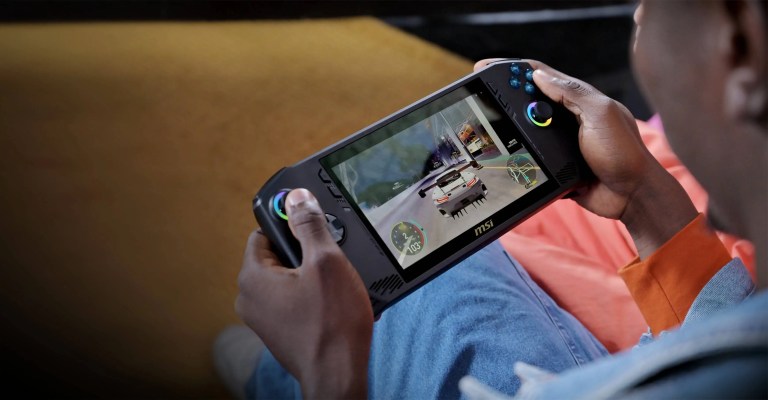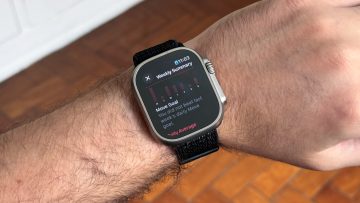We are deep into the Consumer Electronics Show (CES) this week, and it wouldn’t be CES without a weird gaming announcement. Okay, MSI’s new product isn’t weird, but its battery life convinces me even more that running Windows on a gaming handheld is a bad idea.
Today, MSI announced the Claw (seriously), its new Windows-based gaming handheld that is joining a growing arena of PC and Android gaming handhelds like the Lenovo Legion, the Asus ROG Ally, and the Steam Deck — though, technically, the Steam Deck runs Linux.
Eric Kuo, Executive Vice President & NB BU GM of MSI, said in a statement that the Claw “redefines the standards in the handheld market.” That’s a bold statement, considering this thing plays in the same space as the Nintendo Switch.
“In our commitment to enhancing the gaming experience for our users, we aim to address market pain points and dedicate efforts to the handheld space. We have fine-tuned specific designs tailored exclusively for gamers, debuting our very first handheld, Claw, which redefines the standards in the handheld market.”

The Claw is the world’s first gaming handheld to feature Intel’s Core™ Ultra chips. The new chips feature a new silicon architecture, integrated graphics, and up to 8 Xe cores. It comes packed with 16GB of LPDDR5 RAM and can achieve 500 nits of brightness. With the new chip architecture, the Claw is able to achieve 1080p gaming at a 120Hz refresh rate, something that is almost a necessity at this point for fast-action games.
Enhanced by XeSS super-sampling technology, the ARCTM offers smooth gameplay at 1080p resolution and medium settings. Its SOC tile includes a media engine supporting advanced video codecs like AV1, H.265, and VP9, ensuring high-quality streaming with reduced performance demands.World’s first Gaming Handheld with Core™ Ultra: Claw

The chips come inside a housing that features a 7-inch touchscreen, MSI’s Cooler Boost Hyperflow technology that contains dual fans and heat pipes to dissipate heat, and a 53W battery. It also features a Thunderbolt™ USB-C port, a microSD card reader for expanded storage, and the beloved headphone jack.
While all of that sounds great for a gaming handheld that can play PC and Android games (as well as the host of Xbox games available on PC), the Claw only gets two hours of battery life “under full workload.” That’s atrocious battery life, but it isn’t really MSI’s fault. The Asus ROG Ally suffers the same fate when it comes to its battery performance, commonly running for under 2 hours before it dies.

I love the idea of a gaming handheld where I can play my PC and Xbox games. It would be a dream to take Halo onto the plane with me and run through the campaign while I’m flying to visit family. However, since most planes still don’t have USB or power adapters in the seats, you’re usually relying on the battery life of your devices to last through a flight — something that the Claw can’t do for any flight over two hours.
I remember watching the Xbox documentary and seeing how the team shrunk Windows down to the core elements they needed in order to make the gaming system possible. That was over 20 years ago, and now we’re launching gaming handhelds that run the full version of Windows. What?! We need the Xbox team to do it again and figure out how to pull what we need out of Windows — and only those things — and create a new operating system for handhelds.
Apologies to all of the business people out there, but no, we don’t want to mess with spreadsheets on our MSI Claw or ROG Ally.








